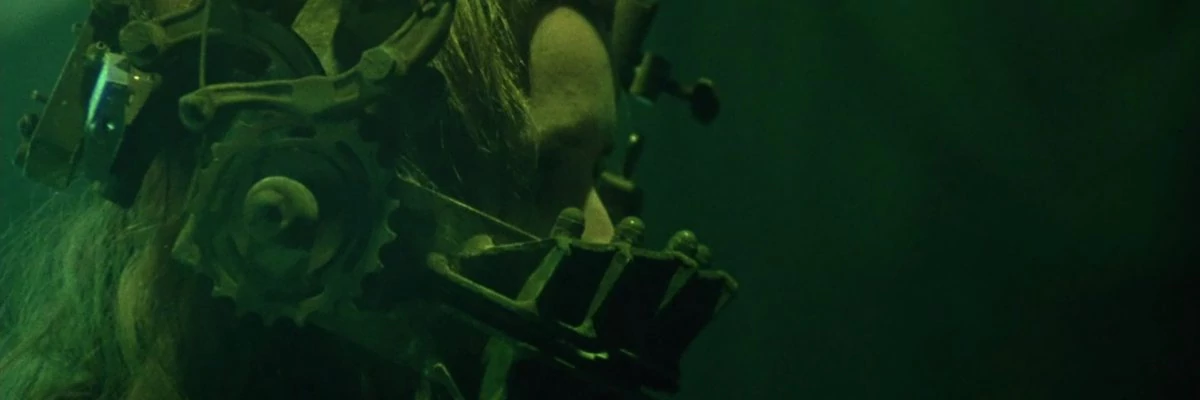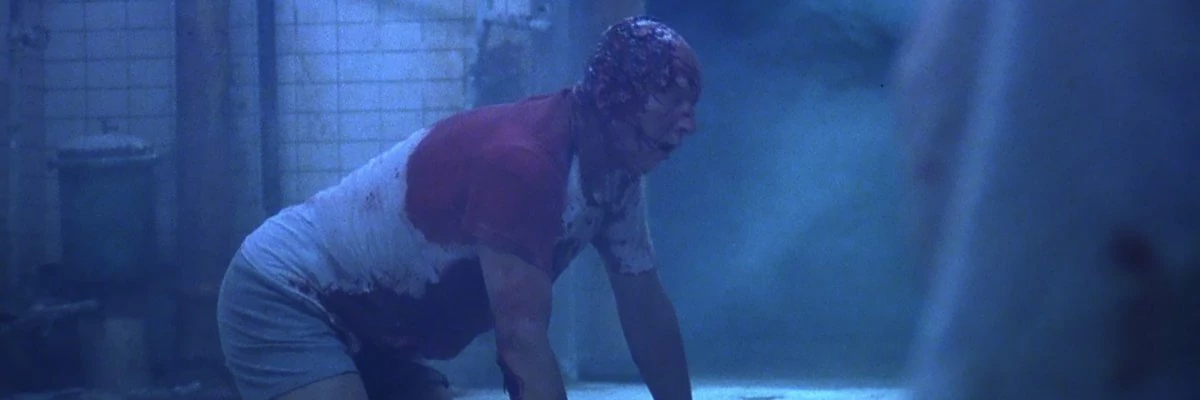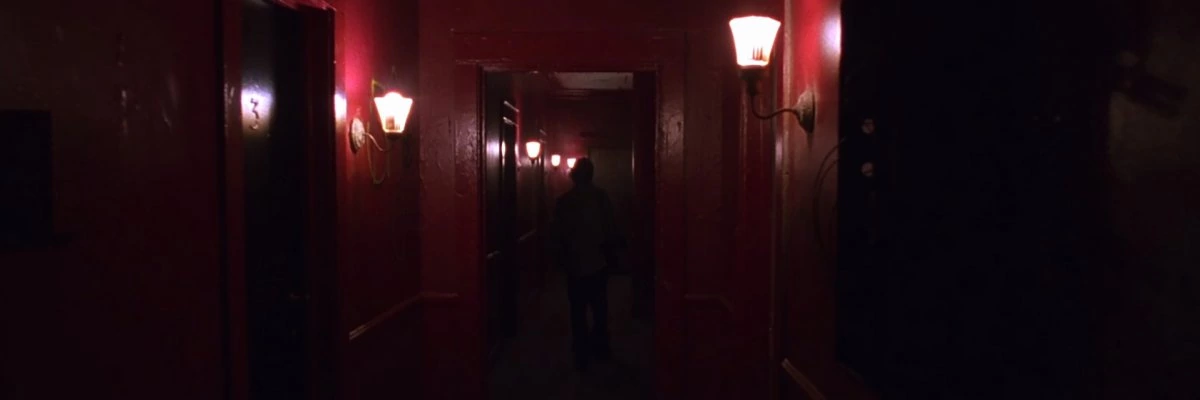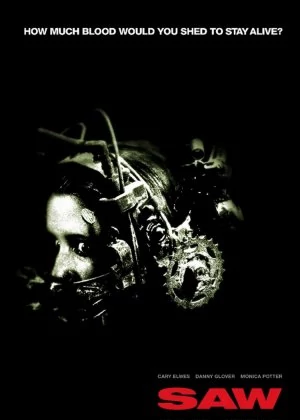Saw
The 00s were a damn good era for horror cinema. After the lackluster output of the 90s, it seems the uncertainties of a new millennium brought plenty of fresh inspiration for cinema's darkest genre. Asian suspense became a thing, Europe was fostering its own brand of nasties and the US wasn't far behind. But it wasn't until James Wan dropped Saw that horror crawled its way back into the mainstream. Saw is somewhat of landmark release for commercial torture porn, and one that would spawn a lot of copycats. I was looking forward to revisiting Wan's first, though I was also slightly unsure whether it would still hold up after all this time.

While it's difficult to underestimate the impact of Saw, it was never really a perfect film, not even when it was first released. A good 15 years later those faults are still very much present, and they're even a bit more pronounced. But Saw never made such a big impact because it was a polished, wholesome experience. It made heads turn because the scenes that actually mattered were pretty mind-blowing. And so it became a film that was made up of two opposing halves. One that set the bar for mainstream torture horror, another that was quickly forgotten once the credits started rolling.
Watching this film again, I was surprised to see how much time was spent on the police investigation. It turns out that what I remembered from Saw were the traps and the contraptions, not so much the filler in between. It's easy to see why though, as the investigation itself is pretty tepid and by the numbers. While not bad per se, it does start to feel outdated and irrelevant. It's a good thing then that the traps still deliver the goods. There's the central one in the bathroom that is used to set up the film, but I believe it's the mouth contraption (the one featured on the poster) that gave Saw its relevance.
The plot focuses on two gentlemen waking up on opposite sides of a rundown bathroom. Both of them are chained to the pipes and can't move but a few feet. A dead body is lying in the middle of the room, holding a tape recorder. As they try to piece together the events of the night before, the full extent of the trap slowly reveals itself, and they soon realize they have become victims of the famous Jigsaw killer. A mysterious figure who designs traps for people to overcome their worst fears and habits, in an attempt to renew their taste for life. In the best case scenario only one of them can leave alive, but in order to get that far they'll have to work together.

Saw is a low-budget genre film by a young director, so it's not too surprising that the result is a little rough around the edges. The camera work could use some polish, so could the color work. On the other hand, Wan isn't shy of fresh ideas and the moments he selects to show off his potential really hit the mark. The editing too deserves an overall thumbs up. But what made Saw really stand out was its ugly, rundown, industrial design. The dirty and demolished rooms, the rusty tools and the industrial-looking traps would become the norm for commercial horror films in the following years.
The soundtrack is way less demanding, it even feels a bit random at times. It's not terrible, also quite functional, but it never feels like a well-considered selection of tracks. Just some generic music that pops up whenever the tension needs to rise, or when silences need to be broken. It's not really detrimental to the overall quality of the film, but it is a missed opportunity, something that could've helped to set the film apart while everything else is being upstaged by the films succeeding it.
The acting is a bit flaky too, even though there are some familiar faces. Danny Glover and Cary Elwes are names that are sure to ring a bell, both have substantial parts, but they fail to make a positive impression. It's Wan's buddy Leigh Whannell (making fame as a director nowadays) who puts in the best performance, together with Tobin Bell of course. Bell's voice work in particular is one of the most immediately recognizable parts of the Saw franchise and it helps a great deal in giving the film a more distinct character.

I still had a lot of fun watching Saw, but I'm unsure whether that will still be the case the next time I see it. The film's faults are hard to ignore and will no doubt grow stronger over time, whereas the appeal of its strong points will probably continue to diminish. There is of course a historical significance that the film isn't prone to lose, but that's not something I particularly care for. For now, the horror bits are still up to par, the contraptions are as iconic as they are repulsive and the end twist is pretty cool, it just would've been better if the others elements of the film would've been on the same level.
Saw will forever be a landmark film in commercial horror and the film that launched Wan's horror empire. The traps are creative, the rundown look is very effective and Bell's portrayal of the killer is nothing less than iconic, but it's unclear how long these elements are going to keep the film afloat. For now that's not a problem though, Saw remains a nifty horror flick that has plenty to offer to genre fans. It's probably not even necessary to recommend this film, but if you haven't seen it already and you fancy yourself some creative torture, this is a must-see.
